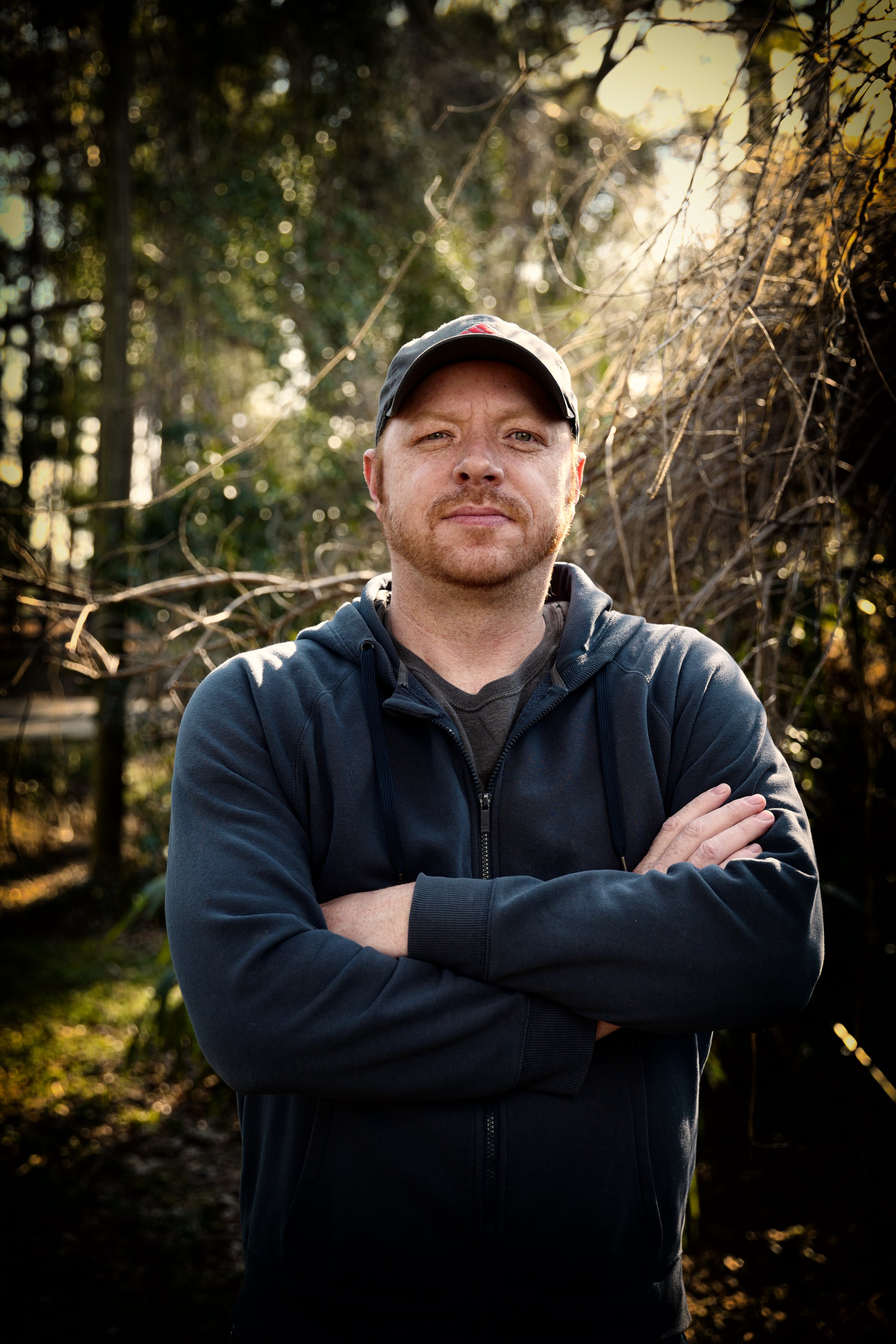The 4-Minute Rule for Uv/vis/nir
The 4-Minute Rule for Uv/vis/nir
Blog Article
Uv/vis/nir Things To Know Before You Get This
Table of ContentsNot known Details About Uv/vis Some Known Details About Circular Dichroism Indicators on Circular Dichroism You Should KnowThe Ultimate Guide To Circularly Polarized LuminescenceHow Uv/vis/nir can Save You Time, Stress, and Money.

Although spectrophotometry is most commonly applied to ultraviolet, visible, and infrared radiation, modern spectrophotometers can question broad swaths of the electromagnetic spectrum, consisting of x-ray, ultraviolet, visible, infrared, and/or microwave wavelengths. Spectrophotometry is a tool that hinges on the quantitative analysis of particles depending on how much light is soaked up by colored compounds.
The smart Trick of Spectrophotometers That Nobody is Discussing
A spectrophotometer is frequently utilized for the measurement of transmittance or reflectance of options, transparent or nontransparent solids, such as sleek glass, or gases. Numerous biochemicals are colored, as in, they take in noticeable light and therefore can be measured by colorimetric treatments, even colorless biochemicals can typically be converted to colored compounds suitable for chromogenic color-forming reactions to yield substances ideal for colorimetric analysis.: 65 Nevertheless, they can also be designed to measure the diffusivity on any of the noted light varieties that normally cover around 2002500 nm using different controls and calibrations.
An example of an experiment in which spectrophotometry is used is the decision of the balance constant of a solution. A specific chemical reaction within a service may happen in a forward and reverse direction, where reactants form items and items break down into reactants. Eventually, this chain reaction will reach a point of balance called a stability point.
See This Report on Uv/vis/nir
The quantity of light that passes through the solution is a sign of the concentration of specific chemicals that do not permit light to go through. The absorption of light is because of the interaction of light with the electronic and vibrational modes of particles. Each type of molecule has a specific set of energy levels associated with the makeup of its chemical bonds and nuclei and hence will absorb light of specific wavelengths, or energies, leading to special spectral properties.
Using spectrophotometers covers numerous clinical fields, such as physics, materials science, chemistry, biochemistry. spectrophotometers, chemical engineering, and molecular biology. They are commonly used in numerous markets including semiconductors, laser and optical manufacturing, printing and forensic examination, in addition to in laboratories for the research study of chemical compounds. Spectrophotometry is typically utilized in measurements of enzyme activities, determinations of protein concentrations, decisions of enzymatic kinetic constants, and measurements of ligand binding reactions.: 65 Eventually, a spectrophotometer is able to figure out, depending upon the control or calibration, what compounds are present in a target and precisely just how much through estimations of observed wavelengths.
Developed by Arnold O. Beckman in 1940 [], the spectrophotometer was created with the help of his coworkers at his business National Technical Laboratories established in 1935 which would end up being Beckman Instrument Business and ultimately Beckman Coulter. This would come as a service to the formerly developed spectrophotometers which were not able to take in the ultraviolet correctly.
Spectrophotometers - An Overview
It would be found that this did not give satisfactory results, therefore in Design B, there was a shift from a glass to a quartz prism which enabled much better absorbance results - spectrophotometers (https://us.enrollbusiness.com/BusinessProfile/6552779/Olis%20Clarity). From there, Model C was born with a modification to the wavelength resolution which ended up having 3 systems of it produced
It irradiates the sample with polychromatic light which the sample takes in depending upon its homes. It is transmitted back by grating the photodiode selection which detects the wavelength region of the spectrum. Ever since, the creation and execution of spectrophotometry gadgets has actually increased immensely and has turned into one of the most ingenious instruments of our time.

Circular Dichroism Things To Know Before You Buy
Historically, spectrophotometers utilize a monochromator consisting of a diffraction grating to produce the analytical spectrum. The grating can either be movable or fixed. If a single detector, such as a photomultiplier tube or discover this photodiode is utilized, the grating can be scanned step-by-step (scanning spectrophotometer) so that the detector can measure the light strength at each wavelength (which will represent each "action").
In such systems, the grating is repaired and the intensity of each wavelength of light is determined by a various detector in the variety. When making transmission measurements, the spectrophotometer quantitatively compares the portion of light that passes through a referral option and a test option, then electronically compares the strengths of the 2 signals and calculates the percentage of transmission of the sample compared to the reference standard.

Report this page